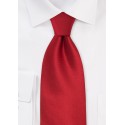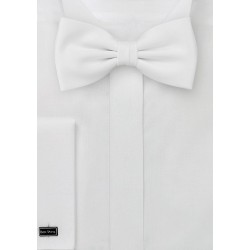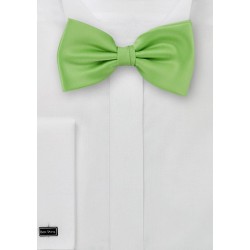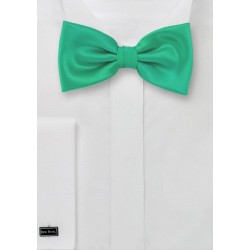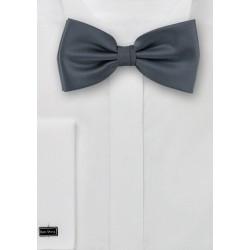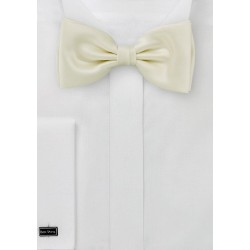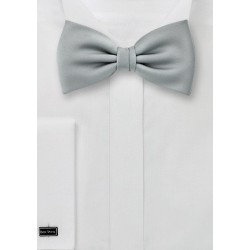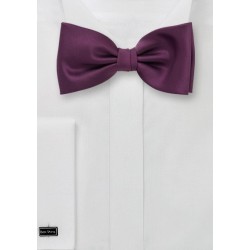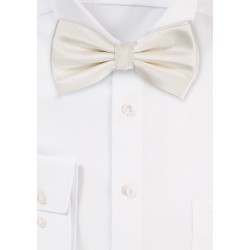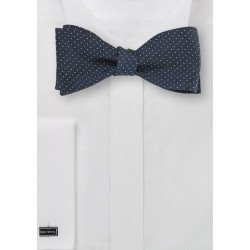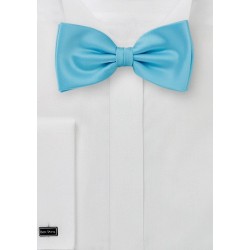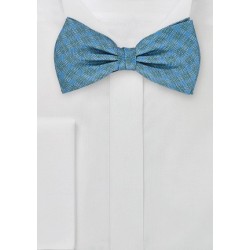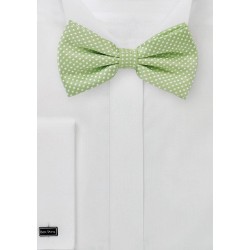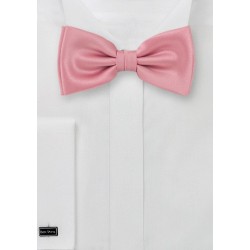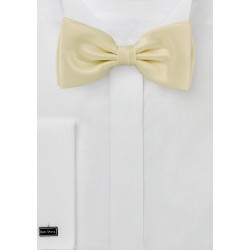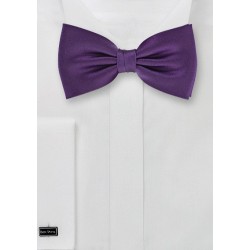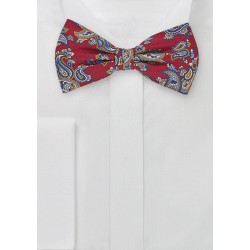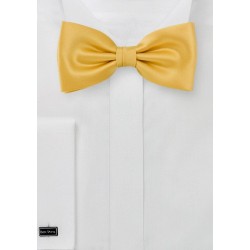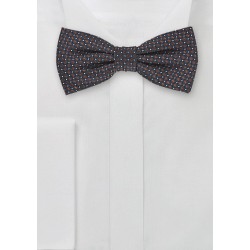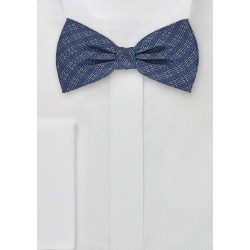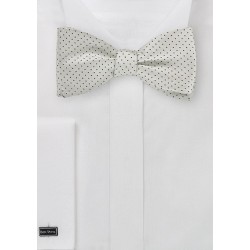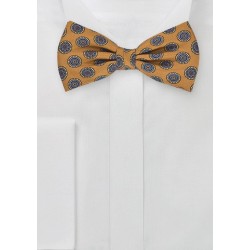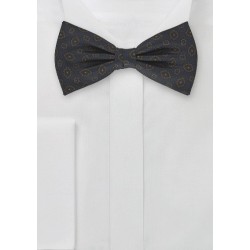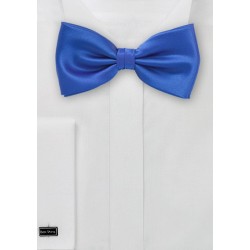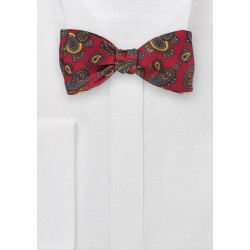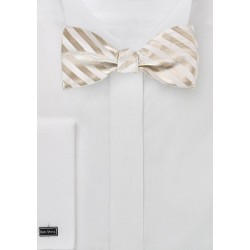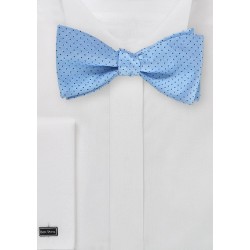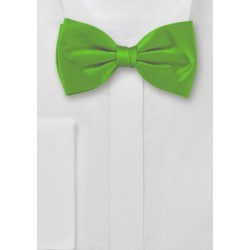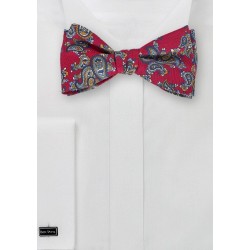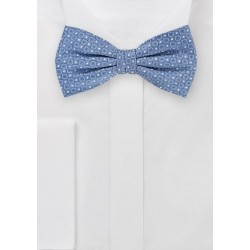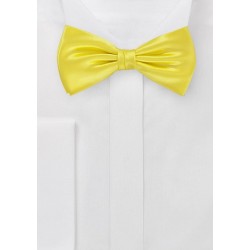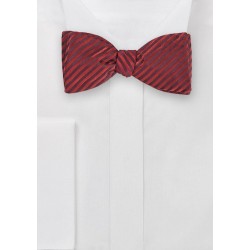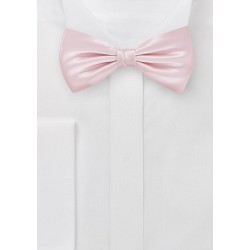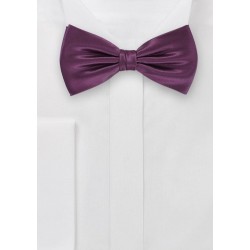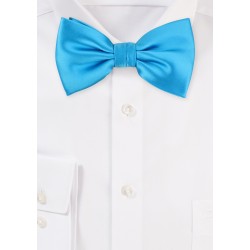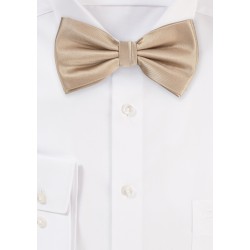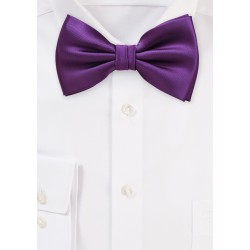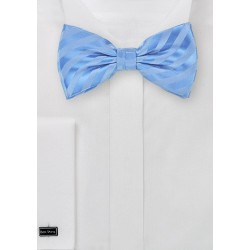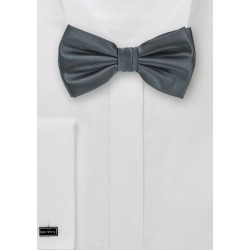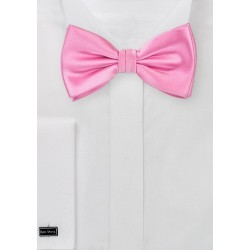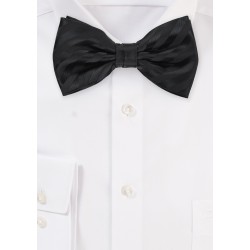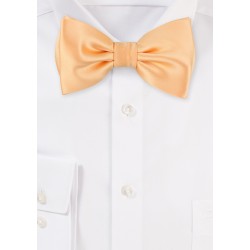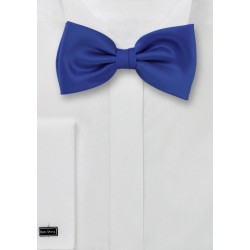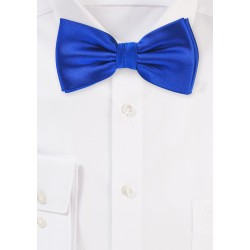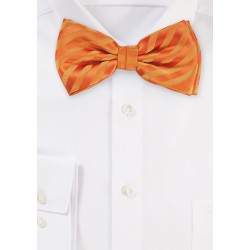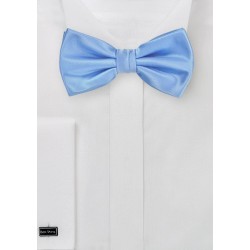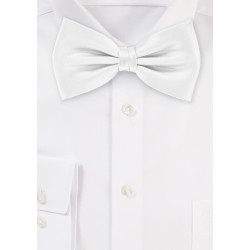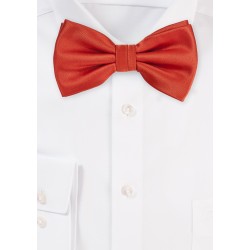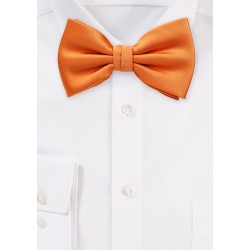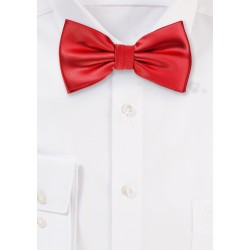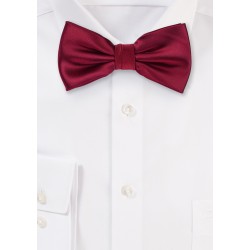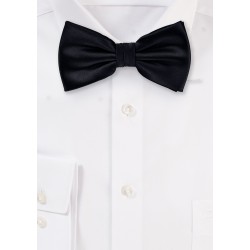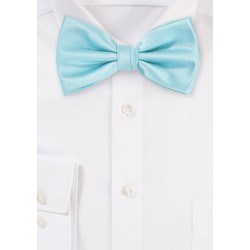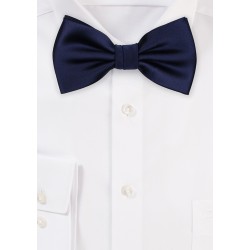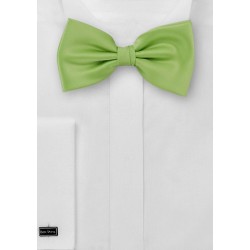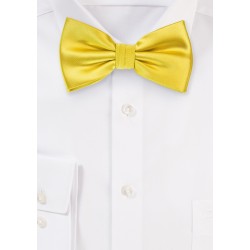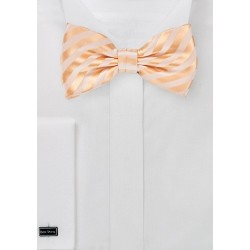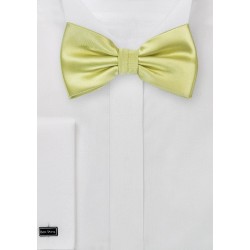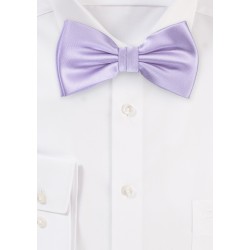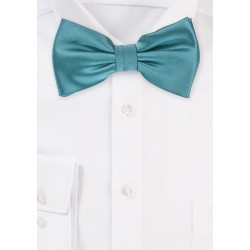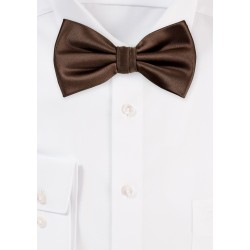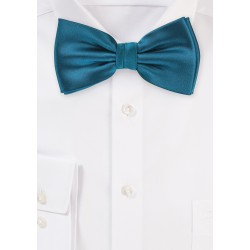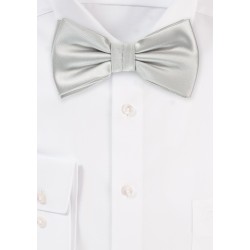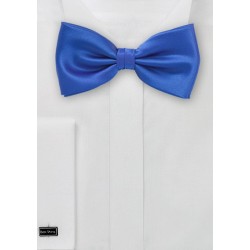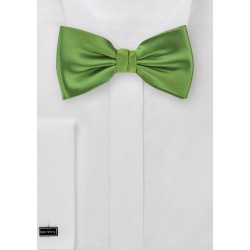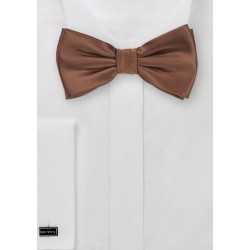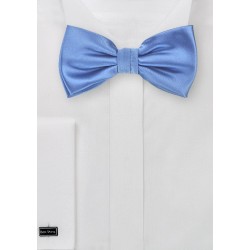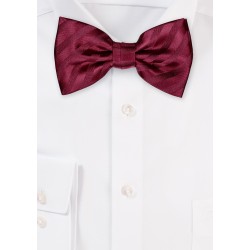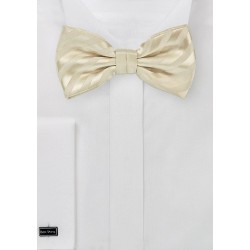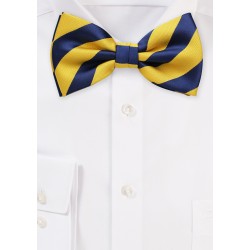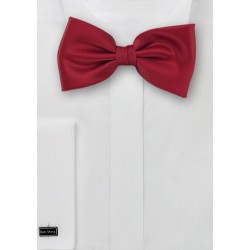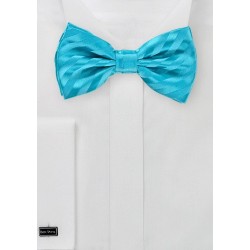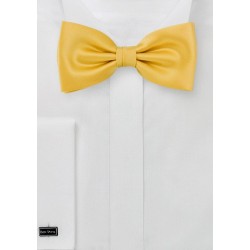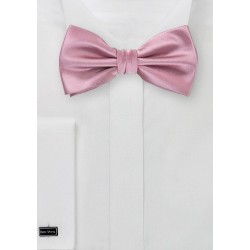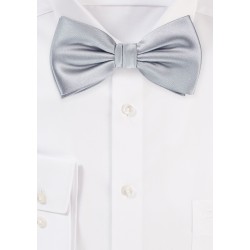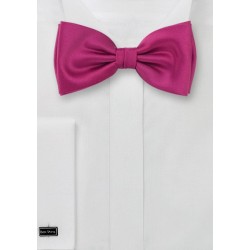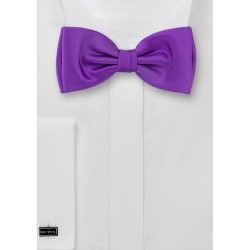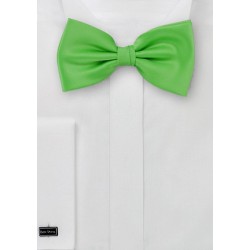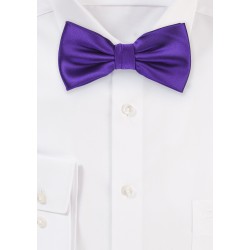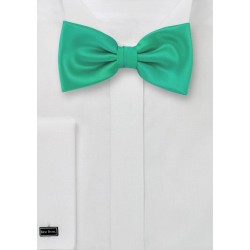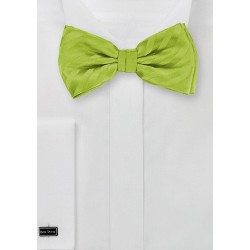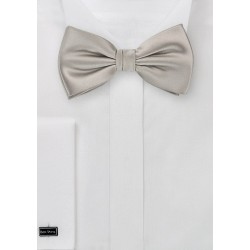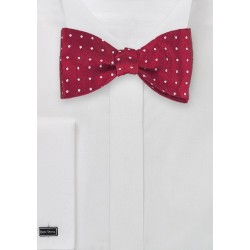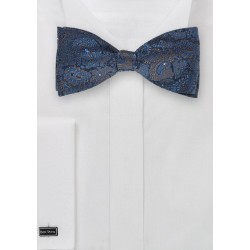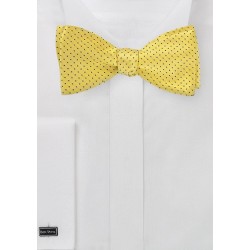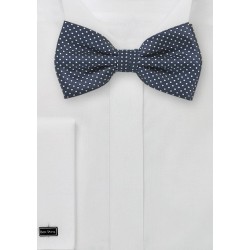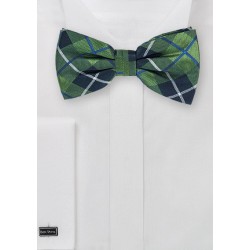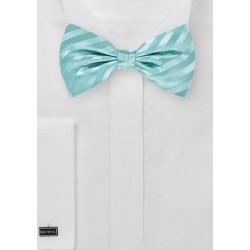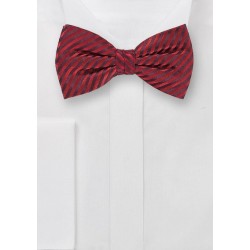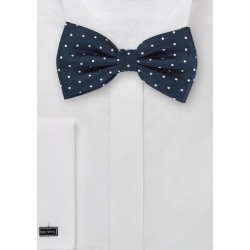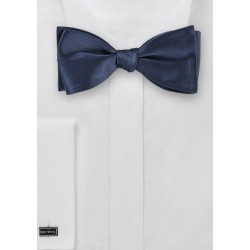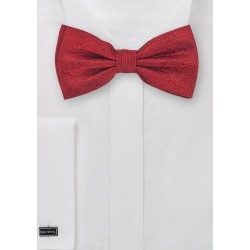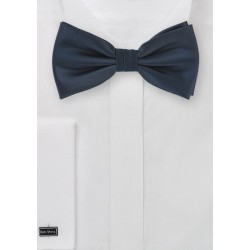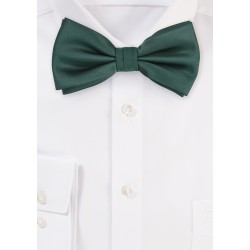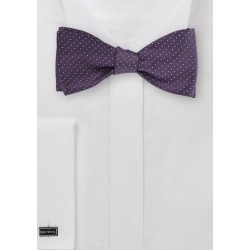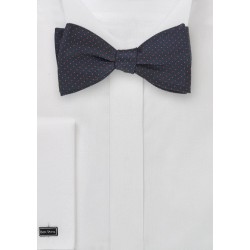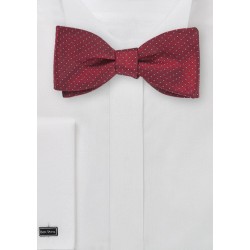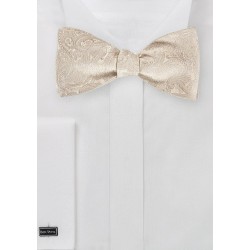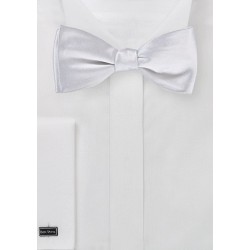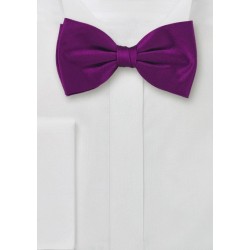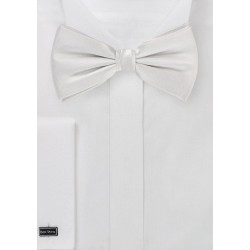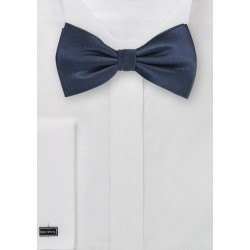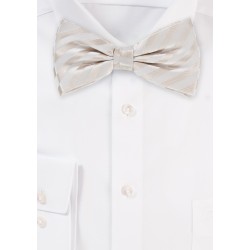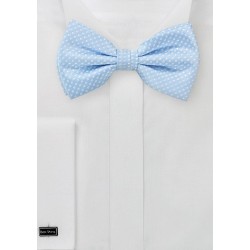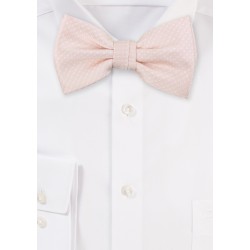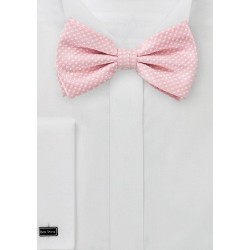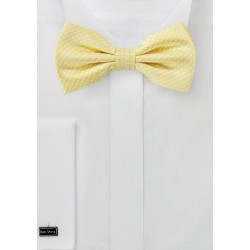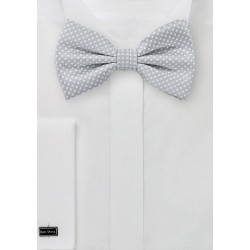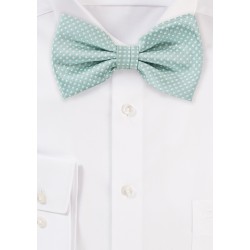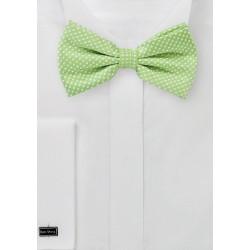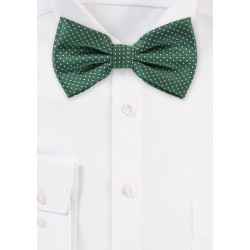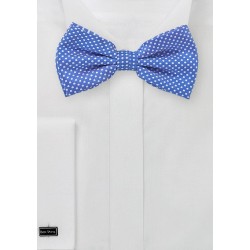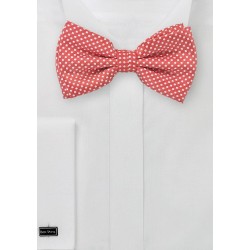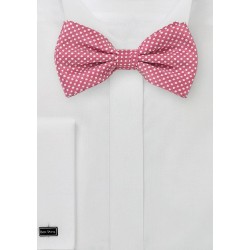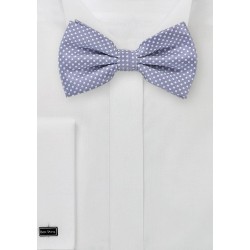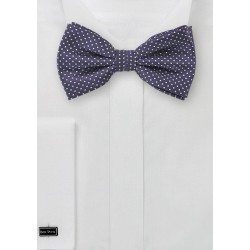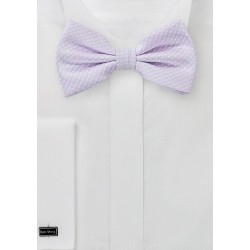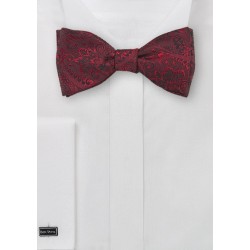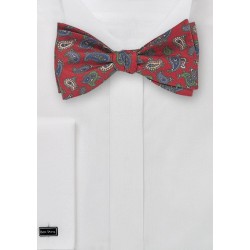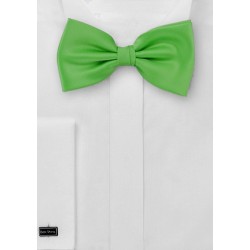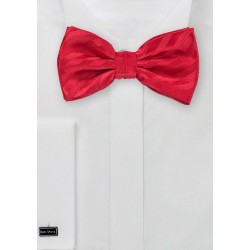Filter By
Bow Ties sorted by Color
Bow Ties vs. Neckties
Whether you wear a necktie or a bow tie is for the most part a question of preference. Neckties are much more common in business attire and semi-formal settings. Therefore, neckties typically are better suited for business. Bow ties on the other hand are associated with creativity, individuality, and intellect. It is not surprising that bow ties are commonly worn by architects, interior designers, artists, as well as college professors.
Dress Codes & Bow Ties
Bow tie aficionados differentiate between casual and formal bow ties. Evidently formal bow ties are solid in color and are black, white, silver, or midnight blue. The more patterns are shown on a bow tie, and the more colors are displayed, the more casual the bowtie will be. The most formal bow tie color is the white bow tie – which is worn for a so-called White Tie Affair in combination with tailcoat jacket, waistcoat, and wing tip collared dress shirt. Also formal are solid black bow ties – the most common bow tie color – that is typically reserved for a Black Tie Dress code in combination with tuxedo, waistcoat or cummerbund, and crisp white dress shirt. Although black bow ties are most common for black tie events, bow ties in midnight blue, dark burgundy, charcoal, and silver are also acceptable for this formal dress code.
Brightly solid colored bow ties are typically not suited for traditional formal dress codes. Nevertheless, they are very popular for certain functions such as outfitting the wedding party with matching colored neckwear to the wedding theme color, for school proms and dances, as well as for kids.
Casual bow ties are those that display pattern, multiple colors, and unique fabric weaves. The classic casual bow tie is the polka dot bow tie – the favorite accessory for Winston Churchill. Other popular designs are checks, stripes, as well as certain fabric weaves such as herringbone, pique, and even tweed. Most of these bow ties are self-tied.
Self Tied vs. Pre-Tied Bow Ties
The true bow tie aficionado will insist on a self tied bow tie. Although a self tied bow tie looks slightly less perfect than a pre-tied bow tie, the bow tie lover will value this slightly asymmetric look. If the bow tie is not part of your regular attire then a pre-tied bow tie that is worn around the neck is an excellent choice that is not considered a sartorial Faux Pas. If convenience is not a selling point for you then we suggest a self tied bow tie for all occasions. Our guide on How to Tie a Bow Tie will help you master this skill.
Styles of Bow Ties
Just as there are different necktie styles such as skinny ties, zipper ties, regimental ties, extra long ties and so on, there are different styles of bow ties. The most common bow tie style is the so called Thistle or Semi-Butterfly bow tie. The spread of the bow ranges from 2.25 – 2.75 inches and is slightly rounded or flat on the sides. It is the bow tie style that is sold more than 9 out of 10 times.
Very similar to the thistle bow tie is the large butterfly that is identical in shape but has a much wider bow spread of 3-3.5 inches. This bow tie style is a good choice for men that have a large face and wider neck. It is also a bow tie that is, when worn in bright colors, associated with the classic clown costume.
The two other common bow tie styles are batwing bows and bow ties with pointed ends. The batwing bow is much narrower than the classic bowtie and has a spread of 1.5 to 2 inches. It looks great on men with longer necks and narrow faces. The batwing bow tie usually looks less formal. Finally there is the bow tie with pointed ends. It is a great choice for those that want something unique and different but still want to fit in to a strict black tie dress code.

